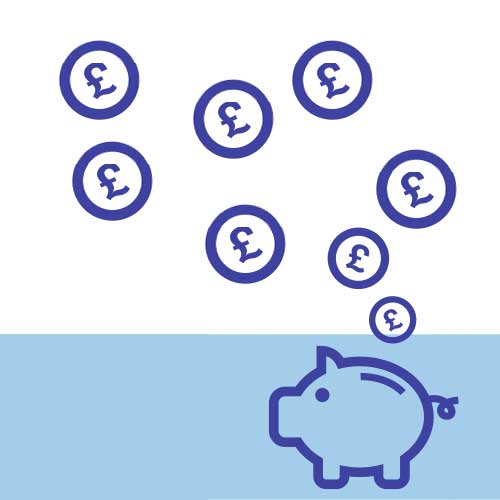After initially being mooted for launch in 2016, then a low scale trial pushed it to this October, Help To Save has finally launched.
3.5 million people on low incomes receiving the working or child tax credit (or Universal Credit equivalents) can now open a government run savings account online and receive fifty percent bonuses on their deposits.
The headline rate sounds impressively competitive considering high street/online traditional savings accounts. Those are limited to below one/two percent returns in most cases.
People are limited to depositing a maximum of £50 a month over either two or four years, with a bonus paid in by the government at the two and four year points. The bonus is equivalent to 50 percent of what was deposited in the previous two years.
Essentially, the maximum you can deposit is £50 per month over 48 months, which is £2,400. This means the maximum bonus ever paid on a single account is £1,200. Starting today, and depositing £50 a month without fail for 4 years will result in a total account balance of £3,600 in October 2022.
The government says that the savings account scheme will cost them over £250 million in bonus payments and administration costs over the four year run. The costs could be more of a 'lost income' as even though the bonuses paid are 'tax-free', the deposits made by savers will be 'post-tax'.
In a previous article regarding this scheme we calculated that someone earning £17,000 per year, who has expenditure of £1,000 a month and then £50 of the remaining post-tax income for help to save would actually be using £73 of pre-tax income. This is close to the £25 bonus paid on a deposit of £50.
You can use our pre-tax cost calculator to find out the pre-tax cost of any expenditure for yourself, here.
Sign up for a help to save account at https://www.gov.uk/get-help-savings-low-income.



